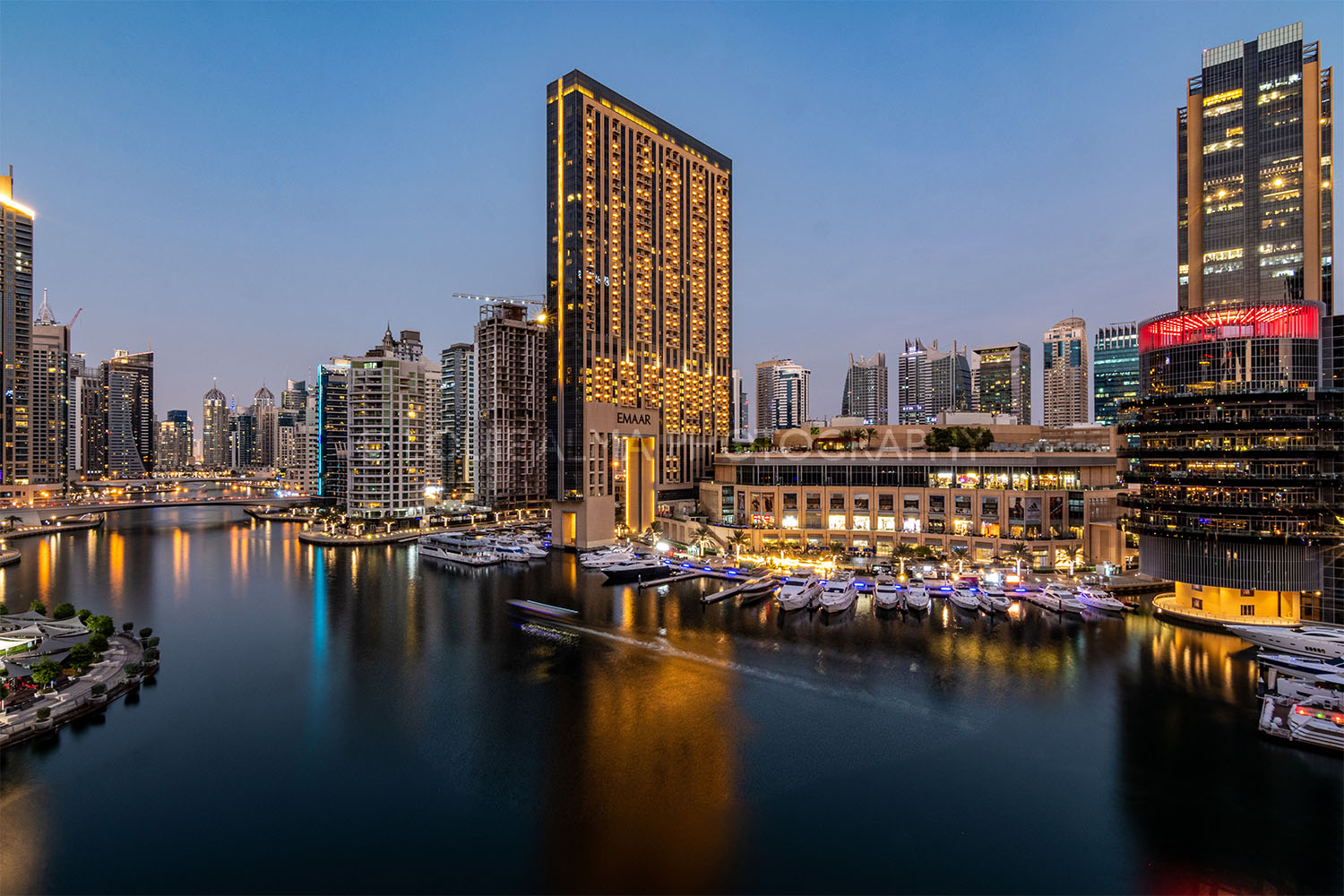Grindelwald is a classy Swiss village that thrives on tradition yet reaches for the future. Its traditional charm is increasingly partnered by a contemporary flair with new hotels and restaurants. It used to be that the best – and certainly prettiest way – to the heart of the slopes was the train that snaked through the snow to Kleine Scheidegg, a thriving station on a snowy plateau.
That’s still an enticing option, but celebrating its fifth birthday this season is the Eiger Express, a high-tech gondola, each panoramic car able to hold 26 passengers in comfort, that takes 15 minutes to soar from a contemporary terminal, rich in restaurants and shops, to a spot nearly 300m higher than the train station. And all of the skiing is high, starting from here (2,333m) in Grindelwald, and up to 2,970 in neighbouring Wengen, so good snow is all but guaranteed well into April
The Skiing at Grindelwald
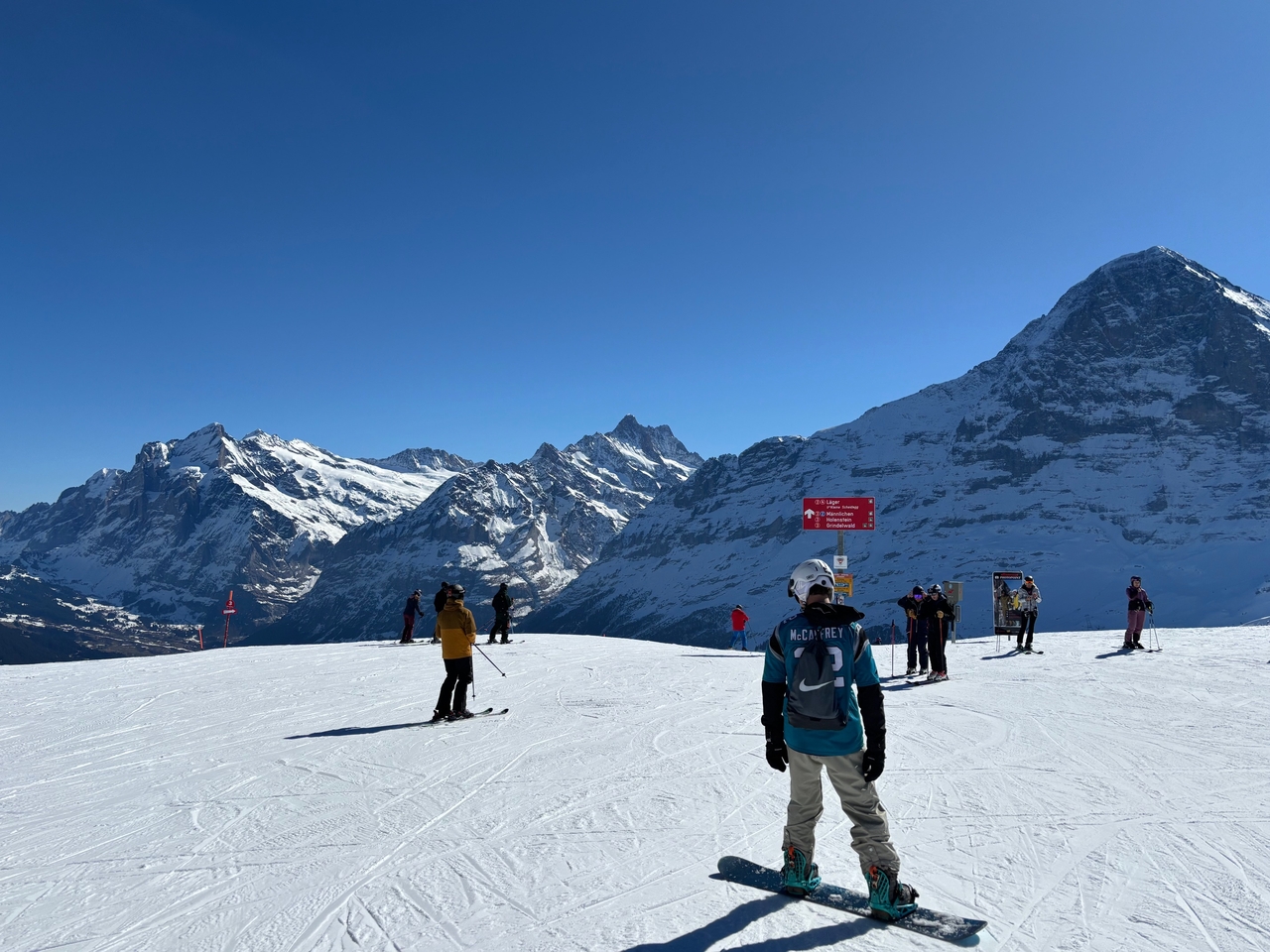
Grindelwald’s wide-open slopes for sunny cruising
The Jungfrau Ski Region encompasses two valleys and three resorts, with more than 200km of runs. The central area is Grindelwald-Wengen, which connects the two picturesque villages with more than 100km of piste. And this is skiing for everybody. The Eiger Express opens up a snowstorm of red and blue runs, all wide and twisting, and with stunning views of not only the Eiger but also the Mönch and Jungfrau, the latter reaching 4,158m. Runs zip under the tracks that take the looping rail line over and down to Wengen. There are also a handful of black runs, not least the Lauberhorn, site of a famed men’s downhill, at 4.5km the longest on the circuit.
From Wengen, there’s the gondola that nips back up to the ridge that opens up the Männlichen slopes back to Grindelwald Terminal. It’s easy enough to get there and back before lunch. The Terminal is at the edge of the village but served by free buses and the train.
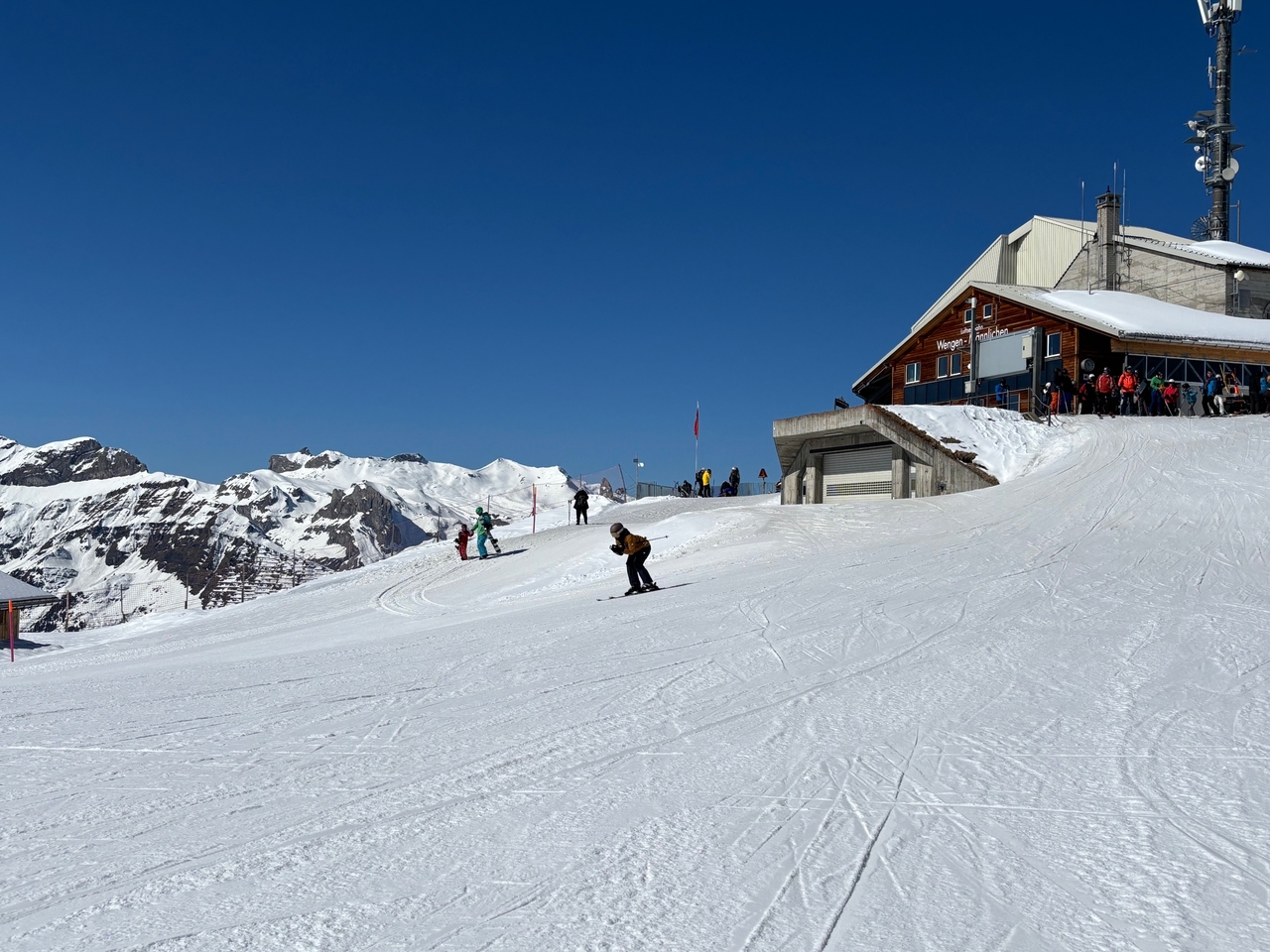
Starting the long run down to Grindelwald after a visit to Wengen
Across town is Grindelwald-First, 56km of easy-going cruising, much of it tree-lined. A gondola runs from a quiet street to an area that’s designated a fun spot. There’s a pair of zipwires, free for lift pass holders – the First Flyer, an eagle-like contraption in which four can fly side by side, and the First Flyer, with single, swing-like seats. The steel-mesh Cliff Walk, also free, is a 15-minute stroll beneath the cliff face and out towards the Eiger’s North Face.
The third ski option is Mürren-Schilthorn, not connected by ski but a five-minute train ride from the bottom of Wengen’s slopes to the Lauterbrunnen gondola, with another 54km of piste. Lots of pretty runs in and around trees as well as the stunning run down from Piz Gloria at 2,970m (accessible this season by the final section of the valley-to-pinnacle Schilthorn 20XX gondola).
What to do in Grindelwald

Flying high at the Top of Europe
Jungfraujoch is unmissable – you can see it from almost every point in the resort, if not the entire ski area. The Top of Europe they call it, a mountain with a viewpoint at 3,454m – that’s 11,333ft – as well as an ice palace with frozen walls and sculptures, and restaurants. Yet views over the Unesco-listed Aletsch glacier, the Alps’ largest – 22km long, 900m thick and covering 80 sq km – with a panorama of Germany, Italy and France, come second to getting there. The Jungfraubahn railway doesn’t creep up the outside of the mountain, it tunnels through it, after tunnelling through its neighbour, the Eiger, and has been following the route since 1912. Modern electric trains now make the journey (with a stop for a window in the rock) – a journey from Grindelwald Terminal on the Eiger Express to the stylishly modern Eigergletscher transfer complex, then to the top, takes 45 minutes (halving the previous journey time), so possible to do in half a day but plenty to fill a whole one. There’s a zipwire in the glacier’s Snow Fun Park – or a three-hour guided hike taking in the Monchsjochhutte, Switzerland’s highest manned mountain hut. http://jungfrau.ch
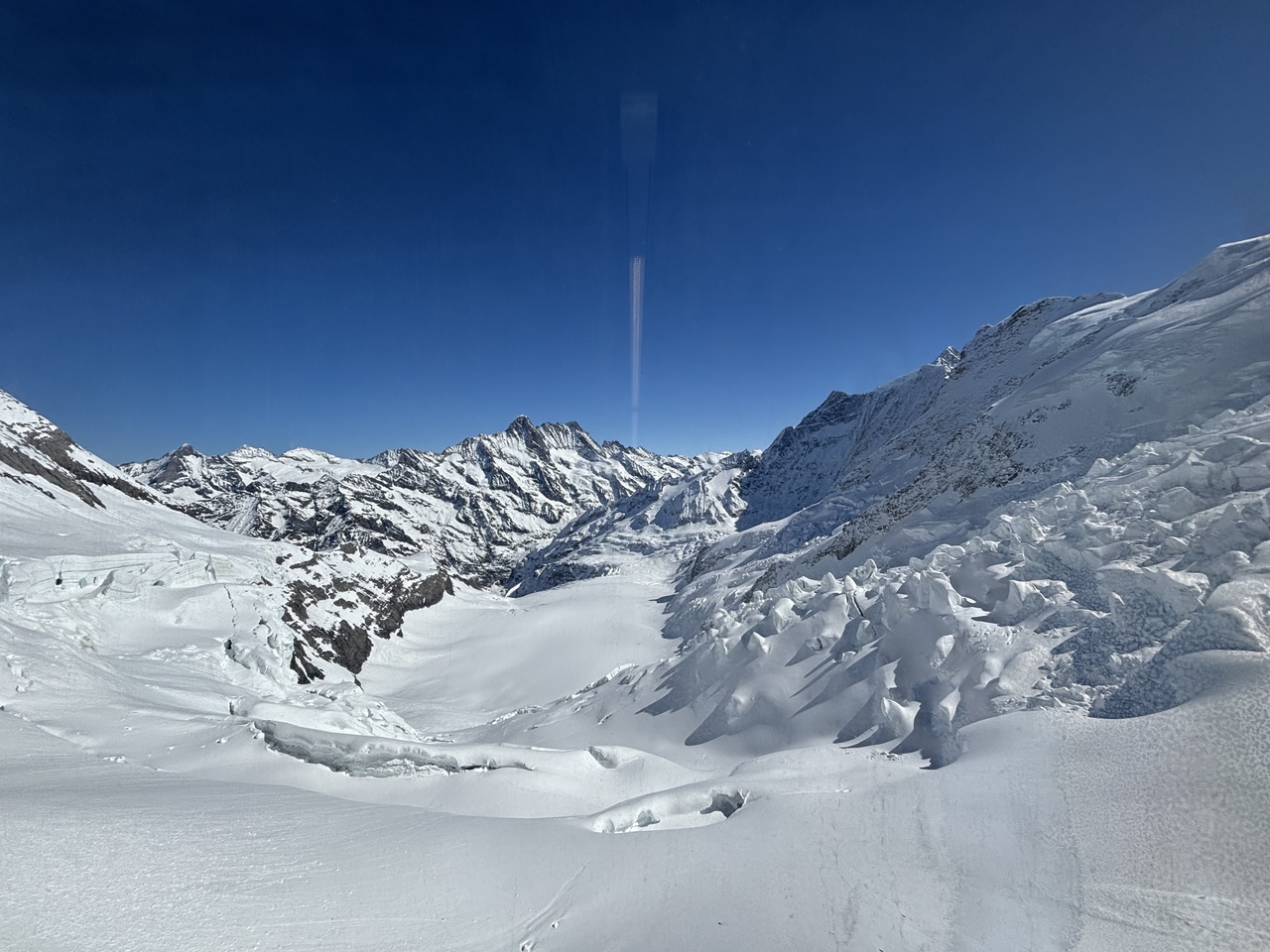
The Aletsch glacier from the Top of Europe
The village of Grindelwald
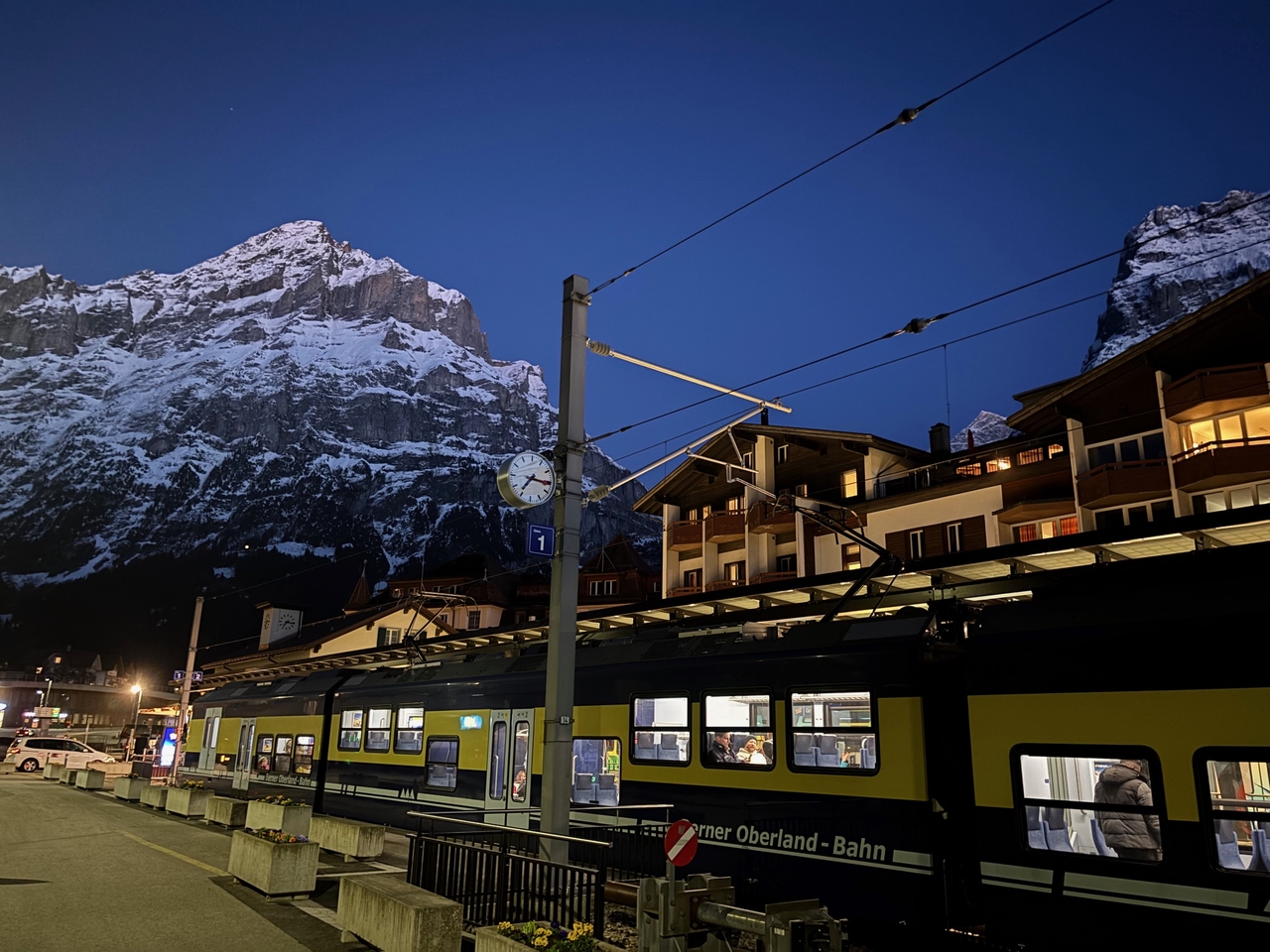
The night train in the mountains at Grindelwald
They call Grindelwald a village, but it’s more of a town, a long main street lined with bars and restaurants both cosily old school and sleekly modern. The Avocado on the main Dorfstrasse attracts a post-ski crowd (and has an Eiger-facing terrace) while the Alpenblick is more of a pub, witha pool table. On Saturdays and many other evenings, the After Slopes Sounds party with DJs and sometimes live music fills the square outside Grindelwald Terminal. Shopping is good here too, smart clothes and lifestyle rather than simply ski gear and T-shirts.
Where to eat, drink and stay
Fiescherblick, a modern-traditional, Nordic-Alpine, Michelin-starred restaurant and hotel run by brothers Matthias und Lars Michel, who took in 2022 took over a place opened by their grandparents and formerly run by their parents and turned it into a boutique delight. The restaurant simply serves a Chef’s Choice menu (SF159/£150) inspired by travels through Japan and Scandinavia, yet with the influence of French cuisine. To stay, there are 19 rooms, all with a balcony, in subtle shades with even subtler lighting. On the first-floor terrace is a boutique spa area, a saltwater onsen pool and a Finnish sauna all having breathtaking Eiger views. CHECK AVAILABILITY
Romantik Hotel Schweizerhof, a pleasingly sprawling, cosy, chalet-style place that’s been around since 1892. Traditional, although lots of work is going on to elevate décor with a contemporary flair; already the suites in the connected Grand Chalet have a cool, calm feel. Right by the station, so great for arrivals, and for the two-minute hop to and from Grindelwald Terminal for the Eiger Express. The Gaststübli restaurant specialises in seasonal, regional ingredients, such as the wild garlic risotto with homemade cream cheese and crispy buckwheat. Schmitte features a seven-course fine dining menu (SF140/£130) while there’s also the Fondue-Stübli for cheese fondue and raclette amid posh hut-like décor. CHECK AVAILABILITY
Bergwelt Grindelwald, which calls itself an Alpine Design Resort, is a large, modern take on a mountain chalet. Stylishly contemporary rooms, many with beamed ceilings, have balconies from which to gaze at the Eiger while Spare Junior Suites have a glass-walled private sauna. Bergwelt encompasses Hotel Pinte, Grindelwald’s oldest hotel, and its restaurant, Swiss cuisine since 1843, is one of Bergwelt’s wealth of places to eat. There’s Yuko (Japanese), BG’s Grill for laid back Alpine fare, Seven Spirits, a bar but with a menu to rival many posh eateries, and The Other Club. CHECK AVAILABILITY

Sunglasses? No, real glasses in the VIP gondola
Eiger Express Gondola – the VIP Experience is just that! The 15-minute journey in a gondola with red leather seats features wine and snacks and a bottle of champagne to be shared between the up to eight riders. There’s a guided tour of Jungfraujoch, lunch in the Crystal restaurant, private drinks in the hidden ice bar and entry into the VIP Premium Lounge at the Grindelwald terminal, with more drinks and food. Make the most of it – prices for eight start at SF618 (£581) per person with Swiss Pass travel card (SF774/£728 without), well over doubling that for a lovey-dovey two-person trip. BOOK HERE
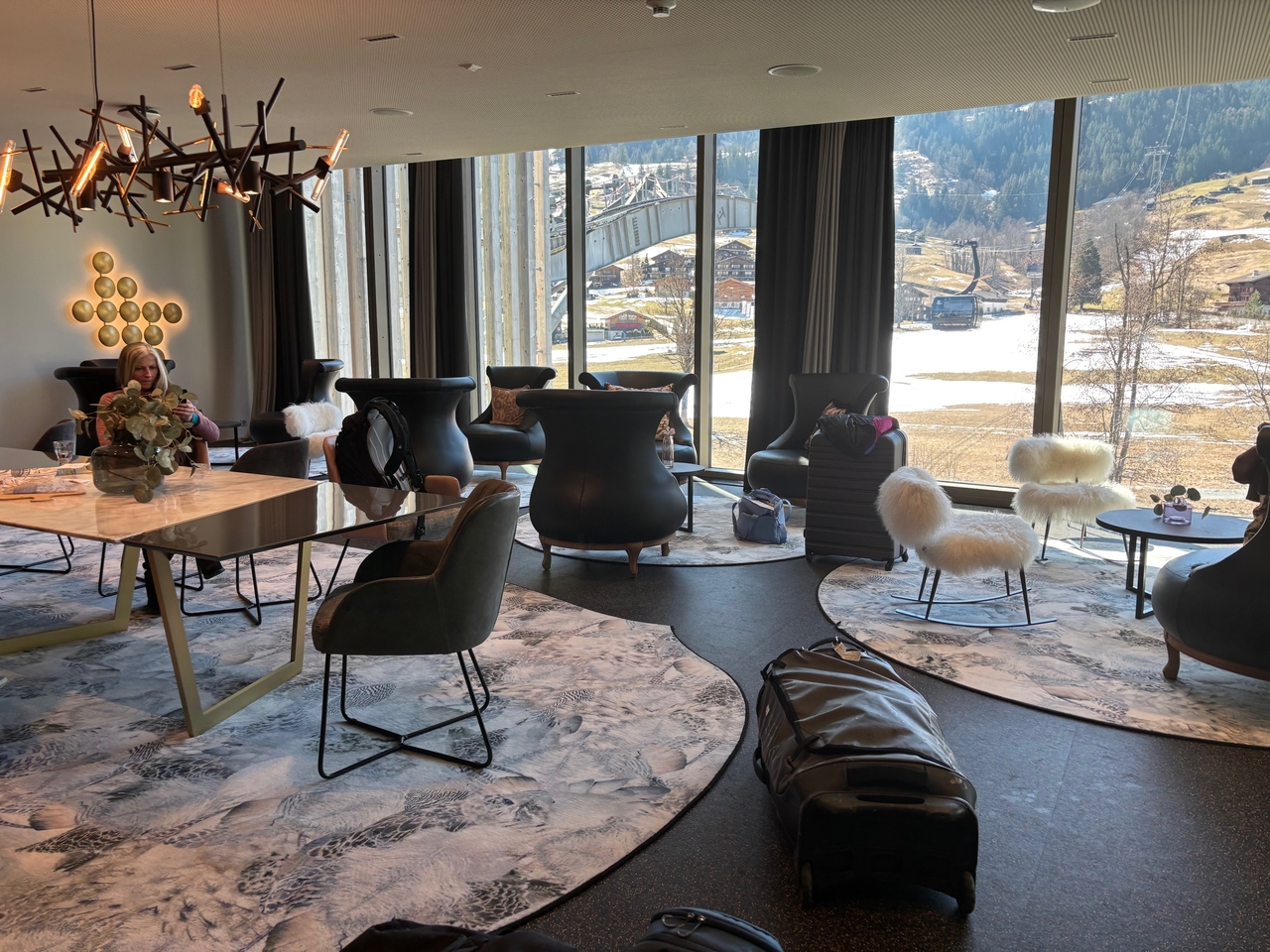
The freedom of the VIP Premium Lounge
Other activities
Grindelwald is a place that’s cool to stay in whether you’re skiing or not – and there’s plenty of other winter fund to be had. Snowshoeing is big, and quietly making your way through the immense scenery is breathtaking. Follow one of the many trails, or follow a guide on an organised hike. Cross-country skiing is a good workout – there’s a splendid 9km circuit. Tobogganing is also big.
Verdict: One of Switzerland’s top resorts with a fabulous choice of ski areas on the same lift pass. And the resort has a new upmarket appeal alongside the traditional Alpine side. Excellent choice of restaurants and bars as well as the perhaps the ultimate winter mountain experience, the Jungfraujoch.
How to do it
easyJet has two flights a day from London Gatwick to Zurich and also flights from Manchester, Bristol, Luton, Stansted, Edinburgh. Trains run from the airport to Interlaken, a glorious journey, before a change onto the cog railway for the stunning mountain ride up to Grindelwald.
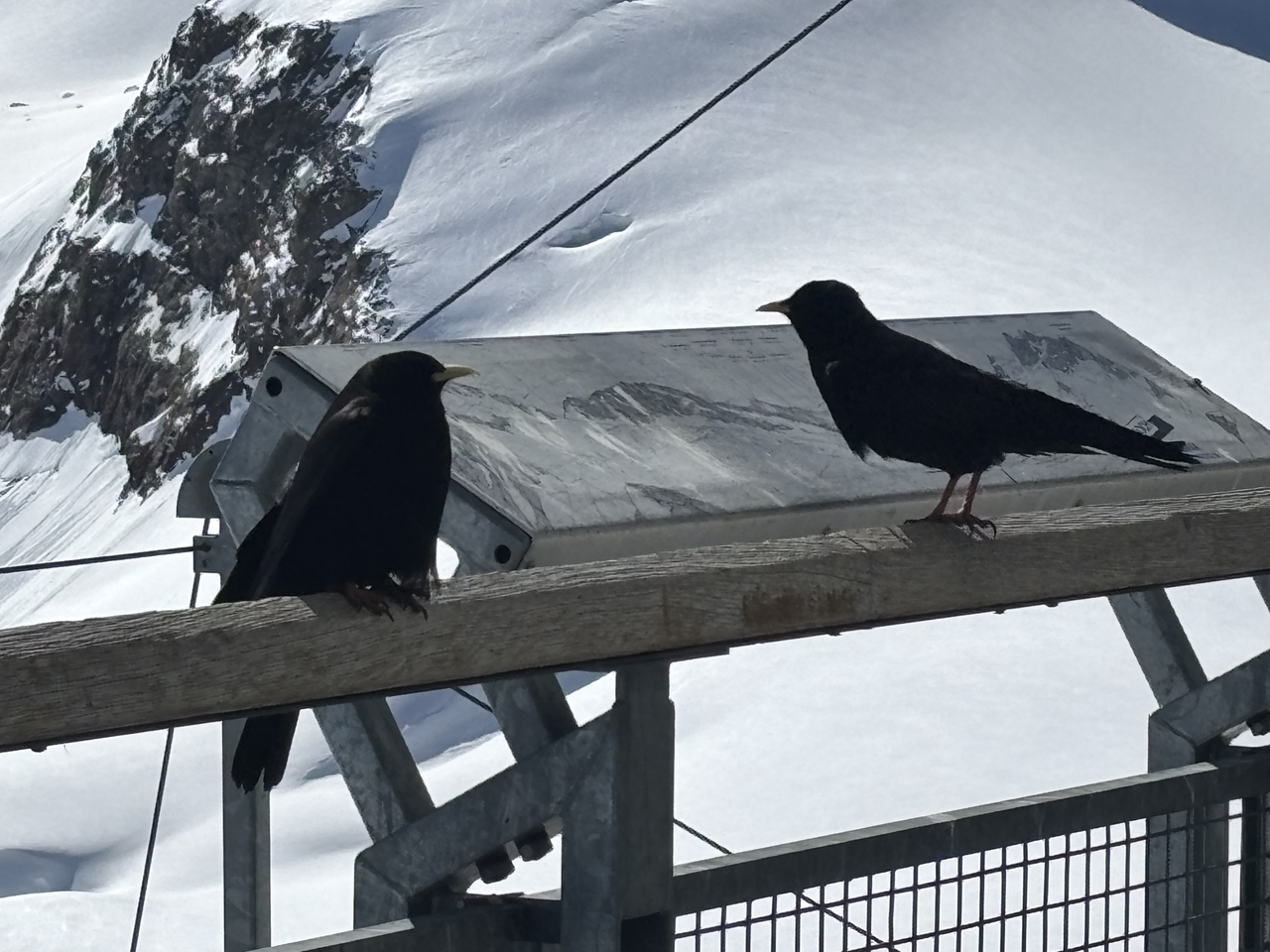
‘Of course there are black runs…’
The post Hitting new heights in Switzerland’s Grindelwald Ski Resort appeared first on The Travel Magazine.




